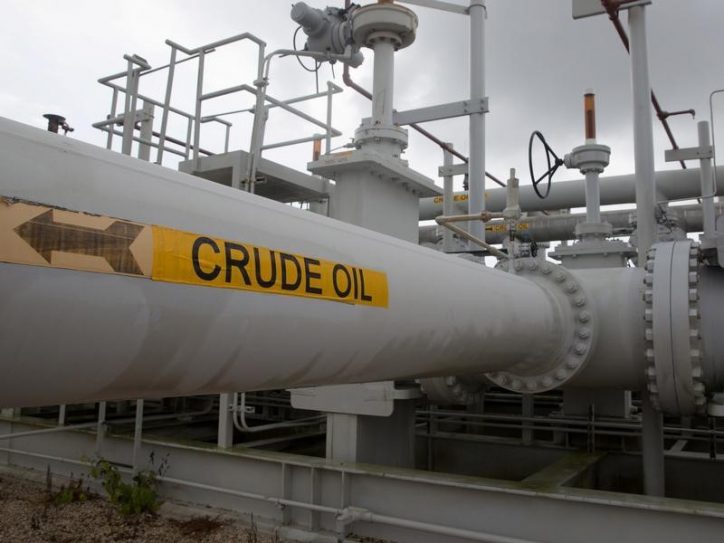IEA trims 2024 oil demand growth forecast
The International Energy Agency (IEA) trimmed its forecast for 2024 oil demand growth, widening the gap with producer group OPEC in terms of expectations for this year's global demand outlook

The International Energy Agency (IEA) trimmed its forecast for 2024 oil demand growth, widening the gap with producer group OPEC in terms of expectations for this year's global demand outlook.
The divide between the IEA, which represents industrialised countries, and the Organization of the Petroleum Exporting Countries sends divergent signals about oil market strength in 2024 and, over the longer term, about the speed of the world's transition to cleaner fuels.
Global oil demand this year will grow by 1.1 million barrels per day (bpd), the Paris-based IEA said in a monthly report, down 140,000 bpd from the previous forecast, largely citing weak demand in developed OECD nations.
The agency said the lower 2024 forecast was linked to poor industrial activity and a mild winter sapping gas oil consumption, particularly in Europe, where a declining share of diesel cars was already undercutting consumption.
"Combined with weak diesel deliveries in the United States at the start of the year, this was enough to tip OECD oil demand in the first quarter back into contraction," the agency said, noting though that the OECD slump was somewhat offset by resilient non-OECD demand led by China.
In its monthly report on Tuesday, OPEC stuck by its expectation that world oil demand will rise by 2.25 million bpd in 2024. The 1.15 million-bpd difference is about 1% of world demand.
The gap between the IEA and OPEC is now even wider than it was earlier this year, when a Reuters analysis found that the 1.03 million-bpd difference in February was the biggest since at least 2008.
The two are closer in their projections for 2025. The IEA on Wednesday slightly raised its demand growth estimate to 1.2 million bpd. OPEC left its 1.85 million-bpd forecast unchanged.